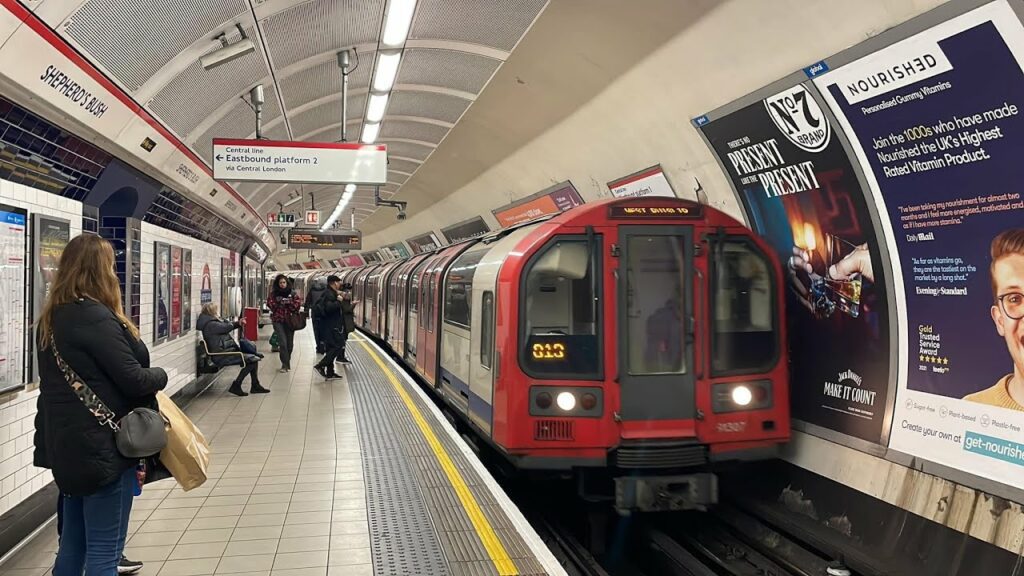The London Underground is a rapid transit system that serves the greater part of London and some counties adjacent to the capital. It was proposed by Charles Pearson in 1843 and is still being used today. But did you know that the temperature in the tube has been gradually increasing over the years?
The heat within the London Underground tunnels is mostly caused by the trains themselves. The heat generated is mostly absorbed by the walls. In the 1900s, the temperature was an average of 14°C. Today, it is nearly 25°C.
The Record-Breaking Temperature of the Central Line
The Central line frequently breaks records in a network of horrifyingly hot tunnels. Last summer, Londoners were amused when temperatures on the feared red line exceeded the EU guideline for transporting cows, sheep, and pigs.
It should be no surprise that the Central line consistently achieves average temperatures too high for EU cows to handle: 30°C in July and August 2013, 30.5°C in July 2014, and 31.04°C in July 2015. Only the Bakerloo Line had a monthly average temperature above 30°C.
The hottest Tube Lines in London are all underground. Central London is served by the Central, Bakerloo, Piccadilly, Northern, Waterloo & City, Victoria, and Jubilee lines, which all operate underground. The Circle, District, Hammersmith & City, Metropolitan, and London Overground lines are either above ground or close to the surface, making it easy to get the hot air out and cool air in. (Source: Wired)
Is There a Way to Cool the Central Line?
Engineers didn’t leave much space when several of London’s tube tubes were excavated from underground clay in the late 1800s and early 1900s. They left none. As a result, placing air conditioning equipment on trains that travel through deep-level tunnels is impractical.
Because the tubes are too tiny to allow heat to escape, the Tube effectively becomes a big underground oven. If you look out a Central Line train window, you’ll notice wires and paneling zipping just inches from the train. All that heat is trapped above them by London’s suffocating soil.
And the clay has been getting hot. Temperatures in tunnels and stations were around 14 degrees Celsius when much of central London’s Tube network opened in the early 1900s.
What can you do if you can’t get the hot air out and it’s nearly difficult to get cool air in? It turns out to be quite a lot. Authorities installed a fan cooling system at St. Paul’s Tube station in 2015.
The design, created by London Underground’s top cooling team, drew fresh air from the street and pushed water around pipes at a rate of 16 liters per second to chill the air by seven degrees before pushing it out at platform level. As a result, St Paul’s has gone from being one of the hottest Central Line stops to one of the coolest.
On the other hand, TfL is compelled to address the Tube’s overheating issue station by station. During the summer, air cooling systems are currently in use at Oxford Circus and Green Park. The former uses a TfL-owned facility above ground to pump water, and the latter extracts water from a nearby aquifer via boreholes. (Source: Wired)
